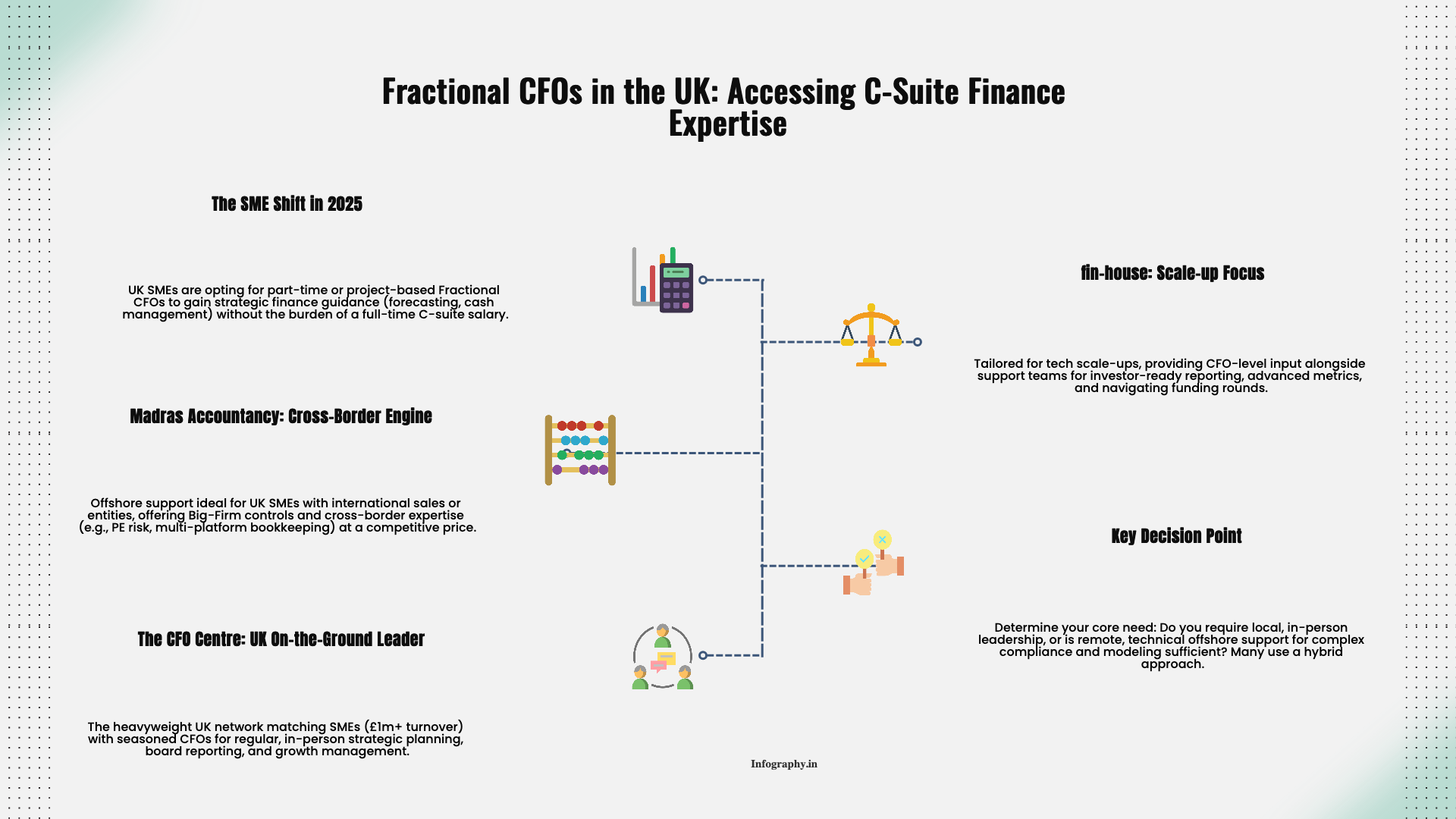Sales tax rarely makes front page news, but it has a habit of changing in the background. Rates creep up in certain cities, new economic nexus thresholds appear, and exemptions get tweaked. If you only pay attention when you install your point of sale system, you can be several years behind without realizing it.
While the details differ by state, there are a few themes worth checking in on as you work through 2025.
First, revisit the basic question of rates. Many states adjust sales tax rates at the state level, and local jurisdictions can layer on city, county, or special district taxes. If you sell into multiple locations, the combination matters.
Use an updated rate database, your sales tax software, or your state revenue websites to confirm that your system reflects any rate changes effective this year. Do not assume that last year's numbers are still accurate, especially if you operate in states known for frequent local changes.
Since the Wayfair decision, most states have adopted economic nexus rules that require out of state sellers to collect sales tax once their sales or transaction counts exceed certain thresholds. Some states periodically adjust these thresholds or clarify how certain types of sales count toward them.
Look at where your online or remote sales have grown. If you crossed a threshold in a state during 2024 or early 2025, you may need to register there even if you have no physical presence. Conversely, if a state has raised thresholds, you might find that your obligation has shrunk or disappeared.
If you sell through marketplaces, such as large e commerce platforms, those operators often bear the primary responsibility for collecting and remitting sales tax on marketplace facilitated sales. However, rules still vary by state, and the scope of "marketplace" can change.
Confirm for each major platform whether they are acting as the marketplace facilitator and which jurisdictions they cover. Make sure you are not double collecting tax, and also that you are not assuming the platform handles a state where it actually does not.
States occasionally update how they treat certain products or services. Digital goods, software as a service, and bundled offerings are common areas of focus. Something that was previously untaxed may now be taxable, or vice versa, depending on legislative changes or new guidance.
If your business model relies heavily on digital offerings, subscription access, or complex bundles, it is worth asking your advisor to review whether any 2025 changes in key states affect your taxability assumptions.
Even when rates and rules stay steady, enforcement around exemption documentation can tighten. States may increase attention on whether sellers have valid, up to date resale or exemption certificates on file.
Consider reviewing your certificate collection process. Are you verifying that forms are complete, checking expiration where applicable, and storing them in a way that makes audits manageable? A small investment here can prevent assessments on sales that genuinely should have been exempt. Learn more about managing sales tax exemptions properly.
Finally, remember that sales tax compliance is not just about having the right settings in your software. Staff who issue invoices, configure items, or process refunds need to understand the basics of when tax should apply and at what rate.
A short yearly refresher for your team, paired with an update of written procedures, can help keep actual practice aligned with the rules your system is configured to follow. That alignment is what really keeps you out of trouble when rules shift a bit from year to year. To avoid common pitfalls, review our guide on sales tax mistakes to avoid.
.png)
December 9, 2025
A straight-talking overview of five small business tax prep options in 2025, including Madras Accountancy, TurboTax, H&R Block, TaxSlayer, and Bench’s books-plus-tax model.

December 9, 2025
An on-the-ground guide to the UK’s fractional CFO ecosystem – London and beyond – including The CFO Centre, fin-house, FD Capital, BKL, BSmart, and how Madras Accountancy fits into cross-border and hybrid models.